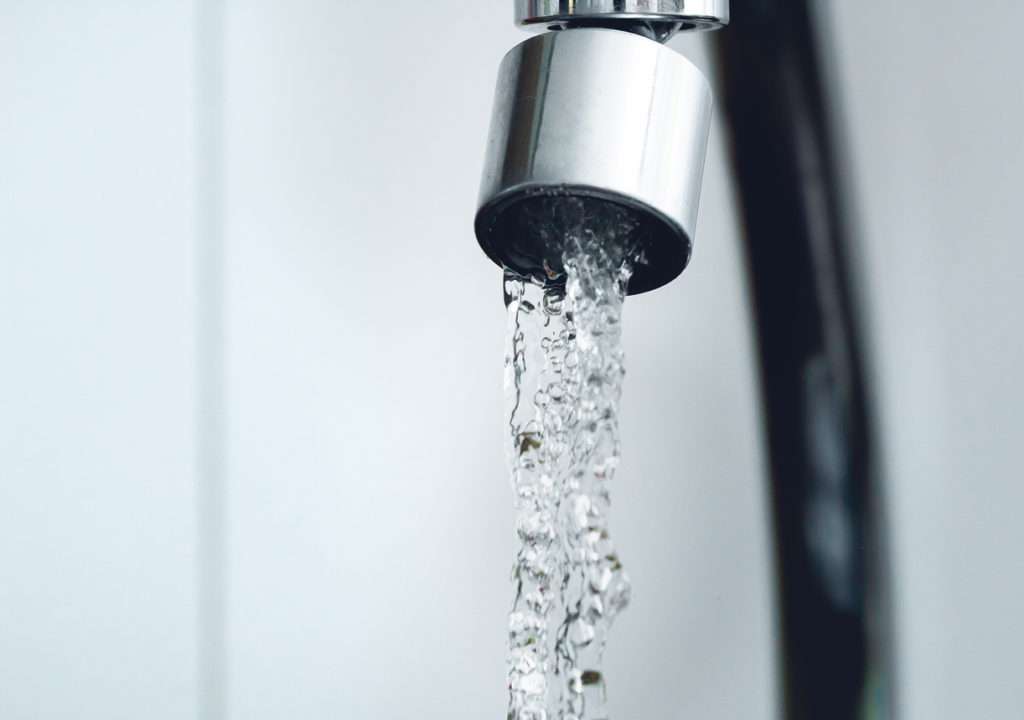
Water is a finite resource. With global warming becoming more rampant and its effects more visible, efficiency in water management is vital for life. Water utility management especially in real estate involves using solutions that comprehensively lower the wasting of domestic water. Such techniques will also involve solutions that reduce or abolish water leakages and improve efficiency in water utilization.
Water and Energy Consumption in Buildings
Buildings play a huge role when it comes to energy and water consumption. Global estimates are 40% energy consumption, and 20% water consumption occurs in property construction.
However, policy shifts in recent years are moving towards building more environmentally friendly homes. The need for energy-neutral homes is growing daily. Water resources management in buildings involves utilizing:
- Water sensors that can detect leaks, control water use, and lower water pressure in buildings
- Low flow plumbing on showers, taps, and toilets reducing the amount of water used
- Wastewater recycling systems that purify and treat wastewater and then restore it for reuse
Strategies for Water Consumption Reduction
Water performance in real estate is the overall water consumption. Approaches to improving water performance in buildings involve:
1. The Fixtures Approach
The premise for the fixtures approach is that buildings with efficient water fixtures become more water-efficient. Home fixtures include toilets, urinals, showers, and kitchen equipment. Having water property management strategies for buildings at the fixtures level takes advantage of water resources management technologies.
The fixtures approach is easy to implement. There are several water-efficient fixtures available in the market. However, the strategy fails to consider a whole-building approach to water property management.
The fixture approach also lacks since once the fixtures are upgraded, there may be no need to improve water efficiency further until new technology is available.
2. Overall Water Consumption Approach
The overall approach considers water consumption for the whole building, including the water fixtures. The overall approach also utilizes strategies such as rainwater harvesting and gray water usage. It is used to rate green buildings where the water utility is compared to a standard building.
The overall water consumption approach is highly technical and requires a specialist to take measurements and ratings.
3. The Water Utility Management Plan (WUMP) Approach
The WUMP approach is strategic and incorporates both the fixtures approach and the overall approach. The approach centers on measuring against a set target.
The facility manager establishes a baseline which is then used to come up with reduction strategies. Reduction strategies involve water fixture replacement, leak prevention, gray water use, and using technologies.
The WUMP approach is the best as it provides the most excellent avenue for improvement and can be incorporated among other strategies for energy conservation.
Water Management Strategies for Water Real Estate
Water real estate is becoming more and more common in buildings as a means for recreation and relaxing. Poor water governance in real estate depicted by leaky pools, or fountains can lose approximately a quarter of an inch of water daily. This loss is not inclusive of water loss due to the relative humidity and temperature ranges.
Constant refills and water replacement can be costly and disadvantageous for property managers. Leak detection technology is an option for water property management for owners, especially if owners are forced to refill pools or fountains due to leaks constantly.
Other management solutions would involve designing temperature and humidity controls for the water real estate to reduce wastage.
Water Management Solutions Within the Real Estate Sector
To integrate effective water management solutions, the first step is understanding baseline water consumption. Detailed and real time monitoring involves having accurate metering systems for the building’s consumption.
A mechanical meter on the incoming water supply gives a broad understanding of the overall water consumption. Incorporating sub-meters across different operations like bathrooms and leisure facilities allowing tenants to get a detailed water utilization profile. A sub-meter system efficiently notices anomalies in water utilization, thus improving water control.
Identifying systemic inefficiencies and unnecessary high-utilization processes are followed up by plans to address these issues. Effective and sustainable water resource management includes introducing systems designed to reduce the reliance on water resources and reduce wastewater.
The Future of Water Management
For commercial real estate set on the proper health and well-being of tenants, sustainable water conservation and management are vital. Conserving water as a finite resource includes managing the water supply, storm, and wastewater harvesting and utilization. With the growth of cities and urban developments, an integrated approach is vital to manage the water supply’s social and economic implications.
Shayp has been a leader in improving water efficiency in buildings. The company has done this by preventing water loss in buildings leading up to a reduction of 22 % on water bills.
Do you wish to evaluate the environmental impact of their real estate assets, reduce water use, and improve the environmental impact of their organizations? Contact the experts at Shayp!


